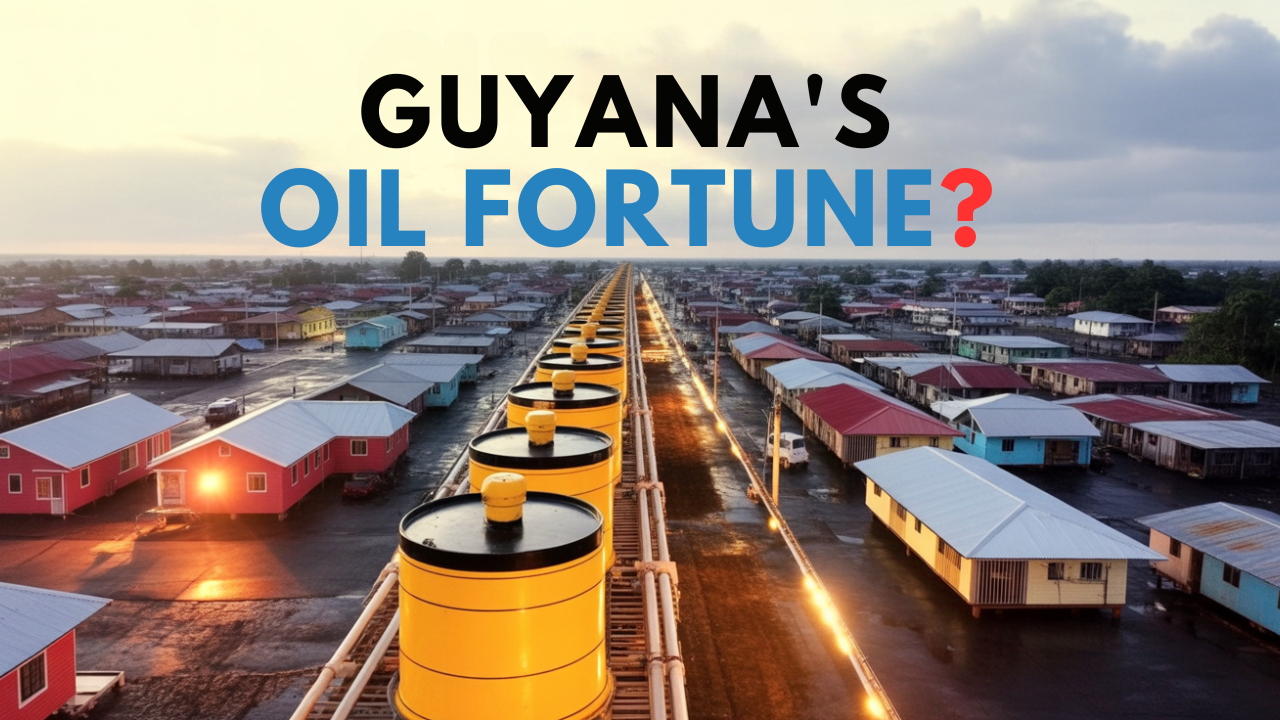Guyana’s Oil Boom: Billions Banked, But Is Life Changing for the People?
Guyana’s oil story is nothing short of remarkable. In just five years, this small South American nation has gone from economic obscurity to one of the world’s fastest-growing economies. With ExxonMobil and its partners recovering over US $35.9 billion in project costs and government revenues topping $6.2 billion, the country’s financial fortunes appear bright. But for many Guyanese, especially those in rural and lower-income areas, daily life still feels largely the same — or in some cases, more expensive.
1. Exxon’s Billions: What’s Been Recovered?
By early 2025, ExxonMobil and consortium partners Chevron and CNOOC had recouped nearly $36 billion in exploration and development costs related to the lucrative Stabroek Block. According to Vice President Bharrat Jagdeo, these figures stem from roughly $41 billion spent on the offshore fields. Meanwhile, Guyana has received more than $6.2 billion in profit oil and royalties since 2020 — with that number expected to soar to over $10 billion annually by 2030.
2. Record Growth, But Who’s Benefiting?
While GDP is booming, average citizens aren’t necessarily reaping the rewards. In places like Linden and Bartica, residents speak of soaring prices, stagnant wages, and limited job creation. Marsha Williams, a vendor in East Coast Demerara, said in an interview with Kaieteur News: 'Plantains and flour cost twice what they did last year. My stall’s income hasn’t budged. Where’s all this oil money going?' Her frustration mirrors a wider sentiment that prosperity remains concentrated in Georgetown’s business circles, not the hinterland or everyday communities.
3. Where Is the Money Going?
The Guyanese government has launched aggressive public investment initiatives. Highways, hotels, and high-rises are springing up across Demerara. A $1.3 billion Gas-to-Energy project is in motion, aiming to cut power costs and attract manufacturing. But analysts, including the IMF, have cautioned that rapid spending without institutional capacity can backfire. Projects face delays, quality issues, and murky procurement processes. A 2024 IMF Article IV report warned that 'execution risks remain high, particularly in translating capital budgets into service delivery.'
4. What’s Being Built and Promised
The flagship Wales Gas-to-Energy project is expected to deliver cheaper electricity by 2026. In theory, this could jumpstart local industry and create thousands of jobs. Meanwhile, housing programs are expanding and a new deepwater port is underway. The Local Content Secretariat also reports that over 1,500 Guyanese businesses have now registered to supply oil-related services. Yet questions persist — will these projects truly trickle down, or just feed a narrow elite and foreign contractors?
5. Billions in the Bank, But Who Controls It?
Guyana’s Natural Resource Fund (NRF) surpassed $2 billion in assets by mid-2025. Under the NRF Act, a Board of Directors oversees withdrawals and spending plans. But critics, like Transparency Institute Guyana, say oversight remains weak and political influence too strong. Economist Tarron Khemraj wrote in the Stabroek News that 'Guyana risks drawing down the fund too quickly to plug budget gaps instead of securing long-term national wealth.' As of now, the government uses the fund primarily to finance capital projects and stabilize the budget — not to build sovereign savings.
6. Who’s Auditing the Billions Exxon Claims?
Under Guyana’s PSA with Exxon, all cost recovery claims are subject to audit. But that’s easier said than done. Multiple audits have been delayed, and those that have been completed uncovered discrepancies. Civil society groups have called for real-time audits and more transparency. A report from the Oil & Gas Governance Network notes, 'Without enforcement teeth, the audit process is a paper tiger.' Some fear cost inflation or overbilling could quietly erode Guyana’s share of the pie.
7. Will Future Oil Deals Be Fairer?
The original 2016 Exxon contract — granting just 2% royalty and generous recovery terms — has drawn heavy criticism. In response, Guyana passed the Petroleum Activities Act in 2023. New contracts will carry 10% royalties, 10% corporate taxes, and tighter environmental safeguards. However, these changes don’t affect Exxon’s current deal, which still governs most production. Calls to renegotiate that contract have grown louder, but government officials fear that could damage investor confidence.
Conclusion: The Oil Boom’s Crossroads
Guyana has the chance to write one of the greatest economic comeback stories in modern history — but only if it avoids the curse that has plagued other resource-rich nations. As oil flows and billions roll in, the key question remains: Will it build highways and bank accounts, or health care and hope? For now, the answer remains unclear. But time is ticking — and the people are watching.







